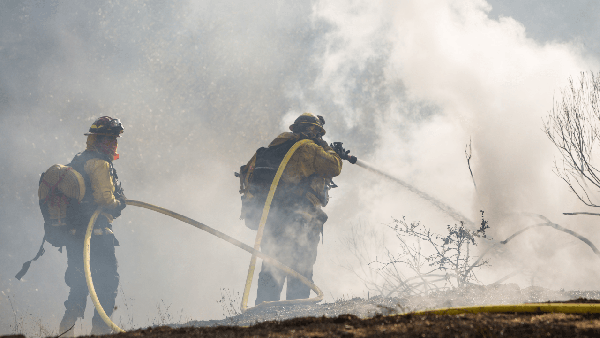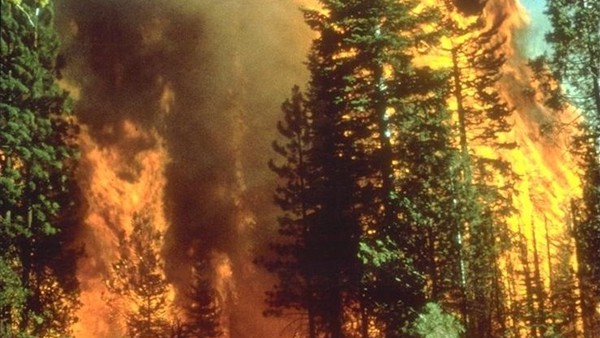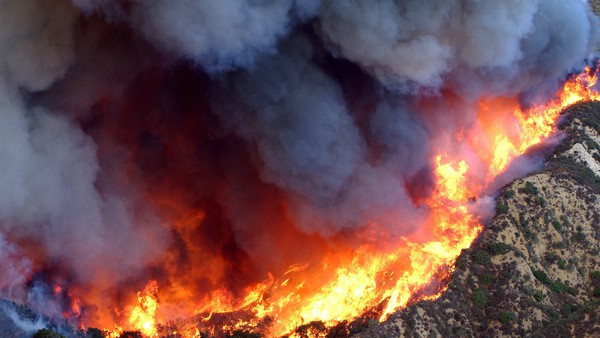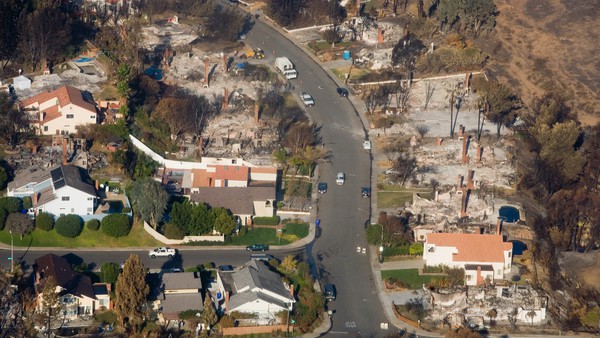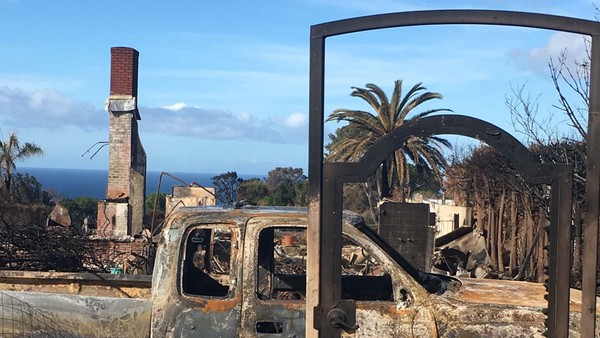Before composing this note about the fire season already upon us, I forced myself to revisit much of what has been written about the CZU Complex Fire in the almost two years since that horrific event. Honestly, I didn’t want to read any of it, because I was afraid that focusing my attention on the devastation that occurred in the Santa Cruz Mountains, a place I called home for more than ten years, would hurt. And it did. But reading about the aftermath of the worst fire in Santa Cruz County history did not leave me feeling completely without hope.
My wife and I left the Santa Cruz Mountains in 2016, sold our ridge-top home, and moved to Midtown Sacramento, so I experienced the CZU nightmare from a distance. I don’t mean this to sound glib, but it was mostly on Facebook, via terrifying photos and videos, links to local media reports, and frightened posts from friends and family.
After the human toll—the folks who lost homes and communities, and Tad Jones, the 73-year-old who lost his life near Last Chance Road—the destruction at Big Basin, for me, was the most tragic loss of the event. I’ve spent countless hours hiking almost every trail in that park. Know it like the back of my hand. I was aware, prior to today’s research, that 97 percent of the park burned. That fact was too painful for me to accept. Frankly, I just haven’t let myself think about it much.
That’s why I was happy to discover Erin Marlbury’s excellent Good Times piece from last November, Big Basin Recovery Spurs a Rethinking of Forest Futures, which I had somehow missed. I learned today that while 97 percent of Big Basin’s 18,000 acres burned, 97 percent of the redwoods survived the blaze. I hope you already knew that.
Writing in the San Lorenzo Valley Post, Lars Fabiunke was already noting signs of hope just a month after the fires were extingushed. But, as you surely know, it’s not all good news. One year after the fire, Freda Kreier reported in Santa Cruz Local about Rebuilding woes and potential solutions for CZU Fire survivors, and at that time there were more woes than solutions. Six months later, GT’s Aiyana Moya reported that fire victims were still facing roadblocks.
And, while there may be a silver lining, there's likely a big dark cloud of smoke ahead.


